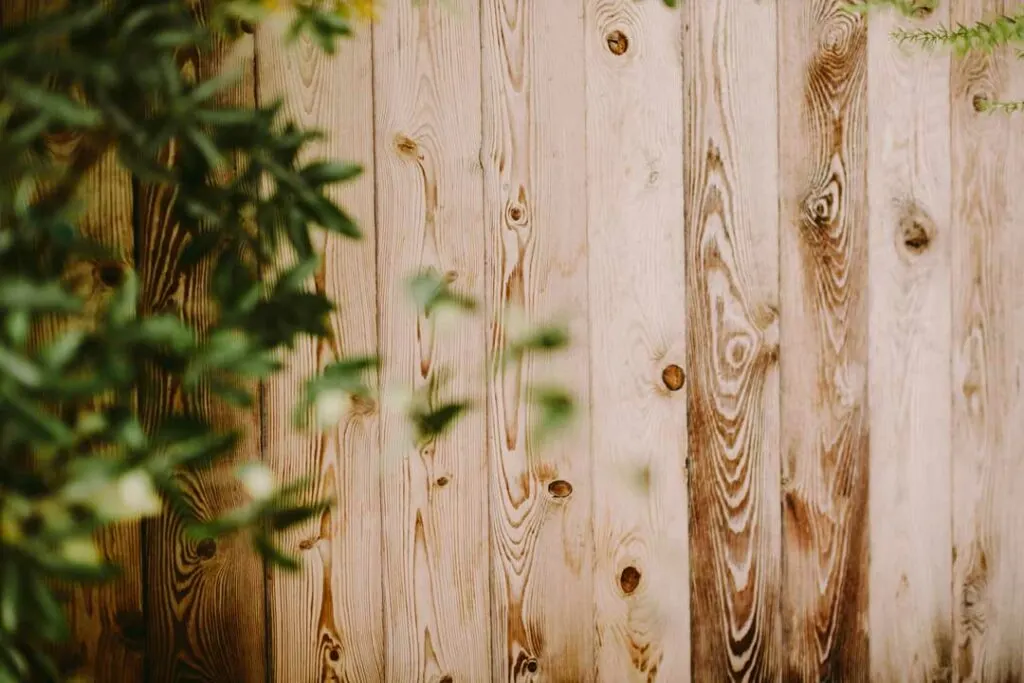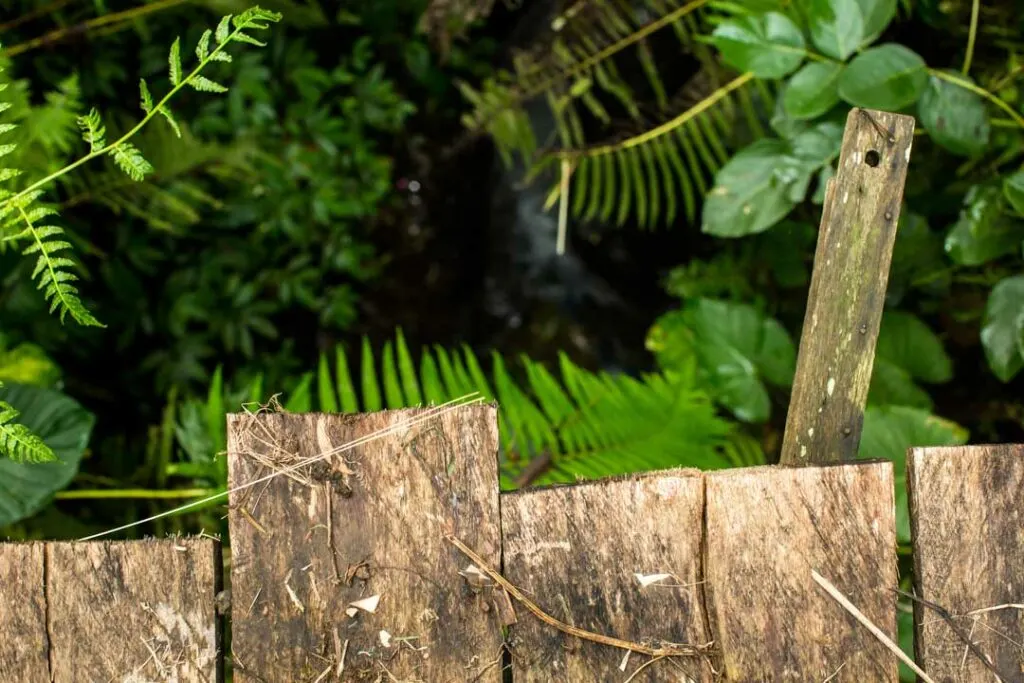Installing a wood fence? Avoid these common mistakes to save money, ensure durability, and boost your property’s value.
A well-installed wood fence adds value, security, and beauty to your home. However, wood fence installation mistakes can lead to costly repairs and safety hazards. Learn how to avoid these pitfalls and ensure your project’s success.

Avoid These Wood Fence Installation Mistakes for a Long-Lasting Fence
Installing a wood fence might seem like a straightforward weekend project, but even small mistakes can lead to costly repairs and safety hazards. According to AAA Fence and Deck, a premier fence contractor in Raleigh, proper fence installation requires careful planning and attention to detail.
A well-installed wood fence can last 15-20 years with proper maintenance, but installation errors can cut this lifespan in half. Understanding these common pitfalls helps homeowners make informed decisions about whether to tackle the project themselves or hire professionals.
Property Line and Permit Oversights
One of the most expensive mistakes homeowners make is failing to verify property boundaries before starting their fence project. Installing a fence on your neighbor’s property can result in legal disputes and force you to relocate the entire structure, doubling your costs and effort.

Before breaking ground, check local regulations and obtain necessary permits. Most areas don’t require permits for fences under 6 feet tall, but it’s essential to confirm with your local planning authority to avoid potential fines.
Post Installation Problems
The foundation of a sturdy fence lies in proper post-installation. A common error is not digging post holes deep enough or spacing them inconsistently. For optimal stability, post holes should be between 30 to 36 inches deep, depending on your fence type.
Another critical mistake is using insufficient concrete for post-setting. A typical residential fence requires 120 to 160 pounds of concrete for proper installation. Skimping on concrete or not allowing it to cure fully before attaching fence panels will compromise the entire structure’s stability.
Material Selection and Preparation
Choosing inappropriate materials for your climate and needs can lead to premature deterioration. Wood fencing requires specific treatments and materials to withstand weather conditions year-round.

The ground preparation phase is equally important. Many DIYers skip proper site preparation, leading to uneven fence lines and gaps between panels. Clear all debris, rocks, and vegetation along the fence line, and ensure proper grading for a level surface.
Terrain and Elevation Challenges
Many yards have subtle elevation changes that can significantly impact fence installation. Failing to account for slopes and terrain variations often results in unsightly gaps and structural weaknesses.
For sloped areas, you’ll need to decide between racking (angling the fence to match the slope) or stepping (creating a stair-step pattern). Each method requires specific techniques and materials to maintain both aesthetics and functionality.
Gate Installation Errors

Gates are often an afterthought in fence planning, but they require special attention. Poor gate placement or installation can result in sagging and operational issues over time.
Gate posts need to be set deeper than regular fence posts and require heavy-duty hardware to support constant use. Installing gates on uneven ground or using inadequate hinges will lead to alignment problems and difficulty in operation.
Hardware and Fastener Selection
A surprising number of fence failures stem from using incorrect or low-quality hardware. Choosing the wrong type of nails, screws, or brackets can lead to rust stains, premature loosening, and structural weakness. Standard construction screws often lack the corrosion resistance needed for outdoor fence applications.
The spacing and quantity of fasteners also play a crucial role in fence durability. Using too few fasteners or placing them too close to board edges can result in splitting wood and loose connections. Each picket should have at least two fasteners per rail, and all hardware should be rated for exterior use with proper galvanization or coating.
Weather and Timing Considerations
Many homeowners need to pay more attention to the importance of weather conditions during fence installation. Installing wood fencing during periods of high humidity or rain can cause boards to warp and twist as they dry. The wood needs to acclimate to local conditions before installation to prevent gaps and misalignment.

Seasonal timing also affects the longevity of your fence. Spring installations often face challenges with muddy soil conditions, while summer installations require careful attention to wood expansion. Fall typically offers ideal conditions with stable weather and ground moisture levels, making it the preferred season for fence installation.
Wood Fence Installation Errors That Can Cost You
Professional fence installation requires careful planning, precise measurements, and proper techniques. While DIY installation can save money initially, mistakes can lead to expensive repairs or complete replacement
A wood fence is more than just a boundary marker—it’s an investment in your property’s security, privacy, and value. Taking shortcuts during installation can compromise these benefits and create ongoing maintenance headaches.
Whether you choose to install the fence yourself or work with professionals, understanding these common mistakes helps ensure your fence serves its purpose effectively for years to come. Consider scheduling a consultation with a certified fence contractor who can evaluate your specific needs and provide expert guidance for your project.

Jessi is the creative mind behind The Coffee Mom, a popular blog that combines parenting advice, travel tips, and a love for all things Disney. As a trusted Disney influencer and passionate storyteller, Jessi’s authentic insights and relatable content resonate with readers worldwide.
